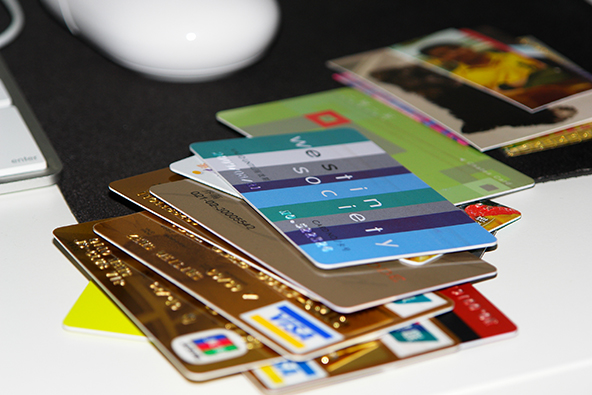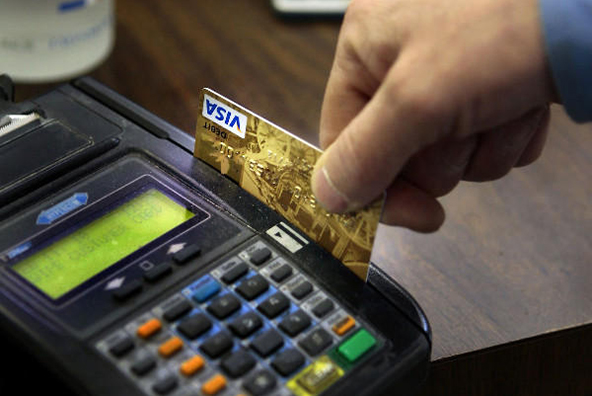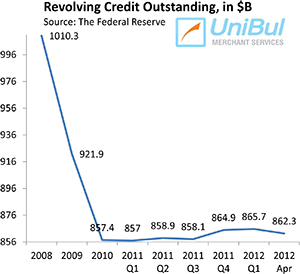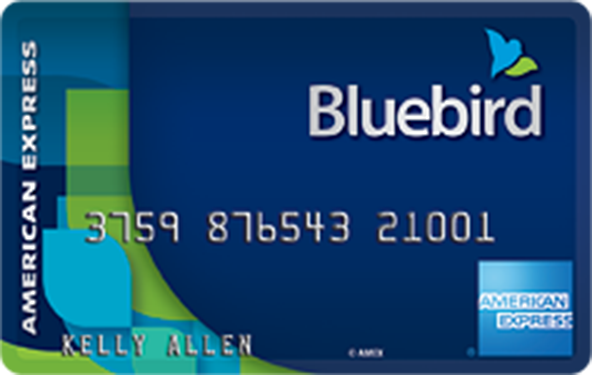The Definitive Guide to High-Risk Merchant Accounts

We have been writing about various aspects of the high-risk merchant account industry for years and have probably touched on most, if not all, of the most important issues. I have no doubt that regular readers would by now have become experts on the subject and the merchants among them would have little trouble getting a merchant account for their high-risk business and, which is equally as important, keeping it.
However, as our readership has grown considerably over the past few years, most of our readers would not have had the chance of reading at least some of the articles we have published on the topic. Moreover, even some of those who have read them all may have a hard time putting the full picture together. So we decided to put all we know in one place. Yes, you are free to jump directly to the chapter of your choice, but you will find that reading the whole thing through will help you better understand how the world of high-risk payment processing works and, which is what you really want to know, how to find your best place in it. It turned out a long one, but there is a lot to go over. So here is what you will learn.
CHAPTER 1: Should You Opt for an Offshore Merchant Account if You Can Get a Domestic One?
Interestingly, whereas as you might expect there are many merchants who are doing all they can to get a domestic merchant account, before exploring the less favorable offshore ones, there are many others who tell us that they prefer offshore solutions, even if they could qualify for a U.S.-based one. Chapter 1 will help you get a clear picture of what the optimal solution is for your particular circumstances.
CHAPTER 2: High-Risk Merchant Accounts and Mainstream Payment Processors
One of our most reliable clients are merchants operating some type of a high-risk business or other whose merchant account had previously been terminated by a traditional U.S. payment processor — think First Data or Chase Paymentech. They’ve understood the hard way why a mainstream payment processor is not a good fit for a high-risk business. Chapter 2 will explain the reasons and teach you how to avoid their errors.
CHAPTER 3: Why You Can’t Get a High-Risk Merchant Account and What to Do about It
Trying to get a merchant account for a high-risk business is often an incredibly frustrating affair. Not only are there too few credit card processors willing to work with you, but even the few who would consider your application seem to go out of their way to make the whole experience as miserable and exasperating as humanly possible. Chapter 3 will explain why this is so and will teach you what to do to get your account.
CHAPTER 4: The Importance of Your First High-Risk Merchant Account
Processors will evaluate your first high-risk merchant account application very differently from your subsequent ones. Chapter 4 will explain why they treat applications from the same merchant differently based on how “fresh” they are and, more importantly, it will teach you how to communicate with your prospective processor following the review, especially when you don’t like the terms you are being offered.
CHAPTER 5: How to Get a Merchant Account for a Brand New High-Risk Business
Most processors, including UniBul in our early years, are simply ignoring most of the inquiries coming their way from brand new high-risk merchants. Chapter 5 will explain why they are so willing to let some amazing business opportunities pass them by and it will teach you how to make your business stand out from the crowd and convince processors not only to consider your application, but to give you the best available terms.
CHAPTER 6: Why Small High-Risk Businesses Are out of Luck and What to Do about It
In high-risk size does matter — there will always be a processor willing to take a chance on a million-dollar-a-month online pharmacy, even if its processing history isn’t quite as solid as one might wish, whereas a fifty-thousand-dollar-a-month pharmacy may not even receive a cursory look by an underwriter. There isn’t much you can do about the size of a business you are just starting out, but Chapter 6 will teach you how to make the best of the situation.
CHAPTER 7: How to Survive Your First Three Months of High-Risk Credit Card Processing
Surviving the application process and getting a merchant account approved and set up is by far the biggest payments-related challenge a high-risk merchant is likely to face. Yet, many businesses are unable to cope with their new service and quickly manage to get themselves into trouble. Chapter 7 will explain the dangers you are likely to face in the early days and teach you how to overcome them.
CHAPTER 8: Do You Need a Second High-Risk Merchant Account?
So you’ve already secured that all-important first merchant account. Should you be now just going about your business or should you be looking for a second one as an insurance policy? Well, it turns out that the answer is “it depends” and Chapter 8 will explain why and teach you what to do in your particular circumstances. It will also remind you that your first priority should always be to keep your existing merchant accounts in good standing.
CHAPTER 9: What to Do When Your Business Is Placed on the MATCH / TMF File
A placement on the MATCH / TMF list of terminated merchant accounts is perhaps the worst thing that can happen to a merchant. It is extremely difficult for MATCH-listed businesses to find a new processor, on any terms. And if you can’t take credit card payments on your website, what do you do? Fortunately, there are things you can do and Chapter 9 will explain what your options are and teach you how to climb out of the TMF hole.
CHAPTER 10: False Information and High-Risk Merchant Accounts
Quite often new merchant account applicants would attempt to “beautify” their paperwork to make themselves look more appealing to underwriters. Most of the time these are innocent fudges of some non-essential numbers. However, in their attempts to improve their approval chances, many applicants resort to much more drastic measures by falsifying information. Chapter 10 will explain why doing so is a very bad idea and teach you what to do instead to place yourself in the most favorable position.
CHAPTER 11: What International Businesses Should Do if They Sell to American Consumers
So your customers are mostly Americans, but your business is not. Yet, your operation is now several years old and has grown to a respectable size. Your original merchant account that you opened up when you first got into business no longer offers the best terms that might be available to you. You need a new service, but what should you opt for? Well, Chapter 11 will present your options and teach you how to select the right one for your business.
CHAPTER 12: What to Do When Your Merchant Account Is Shut Down
In the high-risk payments world, the shutdown of a merchant account is, unfortunately, not a rarity. After all, there is a reason why service providers are as cautious as they are, even with the best-qualified applicants. If you ever find yourself in such a position and in search of a new solution, Chapter 12 will explain what processors will need to see from you and it will teach you what to do to start accepting cards again.
CHAPTER 13: In the Long Run All High-Risk Merchant Accounts Are…
In the long run, all high-risk merchant accounts are terminated, and not always by the processor. And in the high-risk world, the long run is much shorter than elsewhere — actually, I’m not sure if such a concept even exists. Yet, it is in everyone’s interest that the relationship is made to last for as long as possible. Chapter 13 will teach you how to make sure that you get the most out of your service while you’re using it.
CHAPTER 14: How We Work with High-Risk Merchants
In the last chapter, we will go into some specifics about the way new merchant inquiries and applications are handled here at UniBul. You will learn what we look for in a new merchant and what type of documentation we will ask you to supply at the start of the application process. Our objective is to design a solution you can be happy with, so that you will use our services for as long as you need a merchant account.
Bonus: How to Get a U.S. Merchant Account for Your Non-U.S. Business
Earlier in this guide I analyzed the credit card processing options available to non-U.S. businesses who sell mostly to American consumers, but thought that more than a few readers might benefit from a more of a step-by-step type of guide. So if your business fits that description, our bonus chapter is for you. It will show you your options and teach you how to make the right decision for your own circumstances.
Image credit: Fllickr / SimonQ.

















Great guide, thanks! My experience has been that getting a high risk merchant account can be close to impossible for some industries. Your guide may help people navigate this mess more successfully, I hope.
Thanks Greg! And yes, getting a merchant account for some industries is indeed close to impossible, which is why we wrote this guide — to make it easier for merchants to navigate the system.
It is a long guide, but well worth reading it. I think you could have spent a little more time on how new merchants can get a high risk merchant account. They are by far the largest group and deserve more attention. I remember how difficult it was for us to get one for our pharma website years ago when we were getting started and wish that others didn’t have to go through the same experience.
Thanks Jeff! Yes, new merchants are more in need of help than established ones. We have dedicated a whole chapter of the guide on new merchants, but may expand on the subject when we update the guide.
You should write more about merchants who are just starting out. These are the ones who really need help, not the businesses with years of track record taking payments. Once you start making $100,000 in monthly volume, everyone will give you a merchant account, regardless of what industry you are in.
Olivia,
There is only so much we can write about businesses with no processing experience trying to get a high risk merchant account. That being said, we are working on a new solution that would make it a bit easier for start-ups to get one.
When will you be releasing this new solution? I badly need a merchant account for my tech support business and it’s impossible to get one on anything like reasonable terms. Instabill and others are giving me a 12% discount rate or higher — how am I supposed to make money with such a rate?
Mark, we can’t give you a date on which we will launch our new service, but we are working hard on it, putting all the pieces together. It is not an easy task — if it were, others would have done it long ago.
Getting a U.S. merchant account is almost impossible if you have a foreign business. How can we get a merchant account for our website? We sell clothes online.
Ausaf, please refer to our bonus chapter at https://www.unibulmerchantservices.com/the-definitive-guide-to-high-risk-merchant-accounts-bonus/.
I couldn’t get anyone to give me a merchant account for my business which is not even high risk. They ask for so many documents that I don’t have.
Yes, it is difficult to get a U.S. merchant account if you are a foreign business, because processors have way too many regulations to comply with.
Credit card processing cost is the biggest expense for my business. High risk merchant accounts are a rip off and should be banned. It doesn’t cost 7% to process a credit card payment, it probably costs no more than a few cents.
Daphne, when it comes to high risk payment processing, the biggest issue for processors and acquirers is risk exposure, so pricing is set to account for the liability the processors are taking on.
High risk merchant accounts are more expensive than they should be and that’s the biggest problem by far. If you can bring the price down you will get much more business.
Rafael, we are charging reasonable rates. Yes, they are still much higher than low risk processing rates, but that is because these are two totally different types of service. Still, rates have gone down quite a bit over the past decade and are still falling.
Good guide, although I still don’t think it will help many people out there. Getting a high risk merchant account is just too difficult for many businesses.
Alex, you may well be right that for many getting a high risk merchant account is too difficult, but you still have to try and do your best, right. Or what is the alternative?
I’ve been rejected everywhere. Please help me get a merchant account!!!
Arrebata, please contact us by filling out one of the information forms on our website and we will quickly get in touch with you.
I run a tech support company and we’ve never had any issues with our service and our chargeback rate has always been under 1%, but our processor is closing our merchant account. WHY? Now we need to find an offshore merchant account and pay 10% or more.
Safvan,
I can’t comment on your experience with your previous processor, but contact us and we may have something that works for you just fine.
I consider it’s the most critical information and facts in my view . You might not be able to open a proper US Merchant Account if you are not a US based business with an EIN and some form of a credit check, maybe even a Social Security Number.
Hello UniBul – is this guide still available? I’m not able to open any the links to the various chapters. Thank you!
Great guide, thanks! Your guide may help people navigate this mess more successfully, I hope.